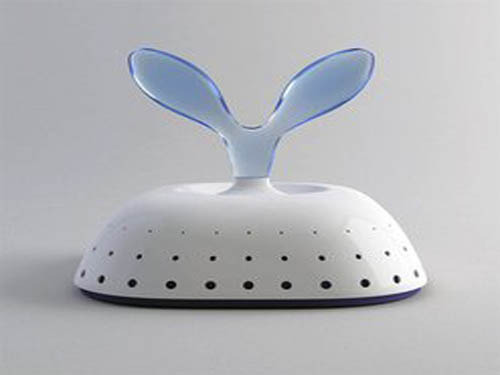
Detectors usually refer to devices that measure changes in the effluent composition of a column and its amount. Used to distinguish, record, or indicate changes in a variable in the environment, such as temperature, pressure, charge, electromagnetic radiation, nuclear radiation, particles, or molecules. Common detectors are the following:
1, thermal conductivity detector
The thermal conductivity detector (TCD) is a concentration detector, ie the response of the detector is proportional to the concentration of the components in the carrier gas. Its basic principle is based on the fact that different substances have different thermal conductivity coefficients and they respond to almost all substances. They are currently the most widely used universal detectors. Because the sample is not destroyed during the test, it can be used for preparation and other identification techniques.
2, hydrogen flame ionization detector
Hydrogen flame ionization detector (FID) uses organic matter to be ionized under the action of a hydrogen flame to form an ion stream, which is detected by measuring the intensity of the ion stream. The detector has high sensitivity, wide linear range, non-demanding operating conditions, low noise and small dead volume. It is a commonly used detector for organic compound detection. However, the samples are destroyed during the test and generally only those organic compounds that burn in the hydrogen flame to produce a large amount of carbocations can be detected.
3, electronic capture detector
Electron capture detectors (ECD) are the ability to capture electrons using electronegative substances and are detected by measuring electron flow. ECD has the characteristics of high sensitivity and good selectivity. It is an exclusive detector that is currently the most effective detector for the analysis of trace amounts of negatively charged organic compounds. The stronger the electronegativity of the elements, the higher the sensitivity of the detector, and the halogen, *, oxygen, carbonyl, amino groups And other compounds have a high response. Electron capture detectors have been widely used for the analysis and determination of organochlorine and organophosphorus pesticide residues, metal complexes, metal organic polyhalogens or poly compounds. It can use nitrogen or argon as the carrier gas, the most commonly used is high purity nitrogen.
4, flame photometric detector
Flame photometric detector (FPD) has higher sensitivity and selectivity for compounds containing * and phosphorus. The detection principle is that, when the phosphorus-containing and material-containing substances are burned in a hydrogen-rich flame, a characteristic spectrum is respectively emitted, and the intensity of the characteristic light is measured by a photomultiplier through the interference filter.
5, mass spectrometer detector
The mass spectrometer detector (MSD) is a mass-based, universal detector that has the same principle as a mass spectrometer. It not only gives the chromatograms (total ion chromatograms or reconstructed ion chromatograms) that can be obtained with a typical GC detector, but also gives the corresponding mass spectrum for each chromatographic peak. The automatic search of the standard library by the computer can provide the information of the compound analysis structure, so it is an effective tool for qualitative GC analysis. Often referred to as chromatography-mass spectrometry (GC-MS) analysis, it combines the high resolution capabilities of chromatography with the structural identification capabilities of MS.
PVC Electrical Insulation Tape
Pvc Electrical Insulation Tape,Pvc Insulation Tape,Electrical Insulation Tape,Grey Insulation Tape
LONG TERM ELEC. CO., LTD , https://www.longtermhvac.com